Forest Practices
- Sustainability
- Forest Management
- Forest Practices
We are committed to operating in an environmentally and socially responsible manner. To sustainably supply our Millsite with fibre, our Woodlands team follows a multi-step process:

Step 1: Plan
Planning is a crucial part of our forest practices. Before our Woodlands team can start operations, they must prepare a Forest Management Plan (FMP) that has been approved by the provincial government. An FMP includes every detail of our forest management practices over a 20-year scope. Once the FMP is complete, our Woodlands team can begin to prepare a General Development Plan (GDP) and the Forest Harvest Plan (FHP). The FHP describes where the harvest area boundaries, roads and watercourse crossings are.
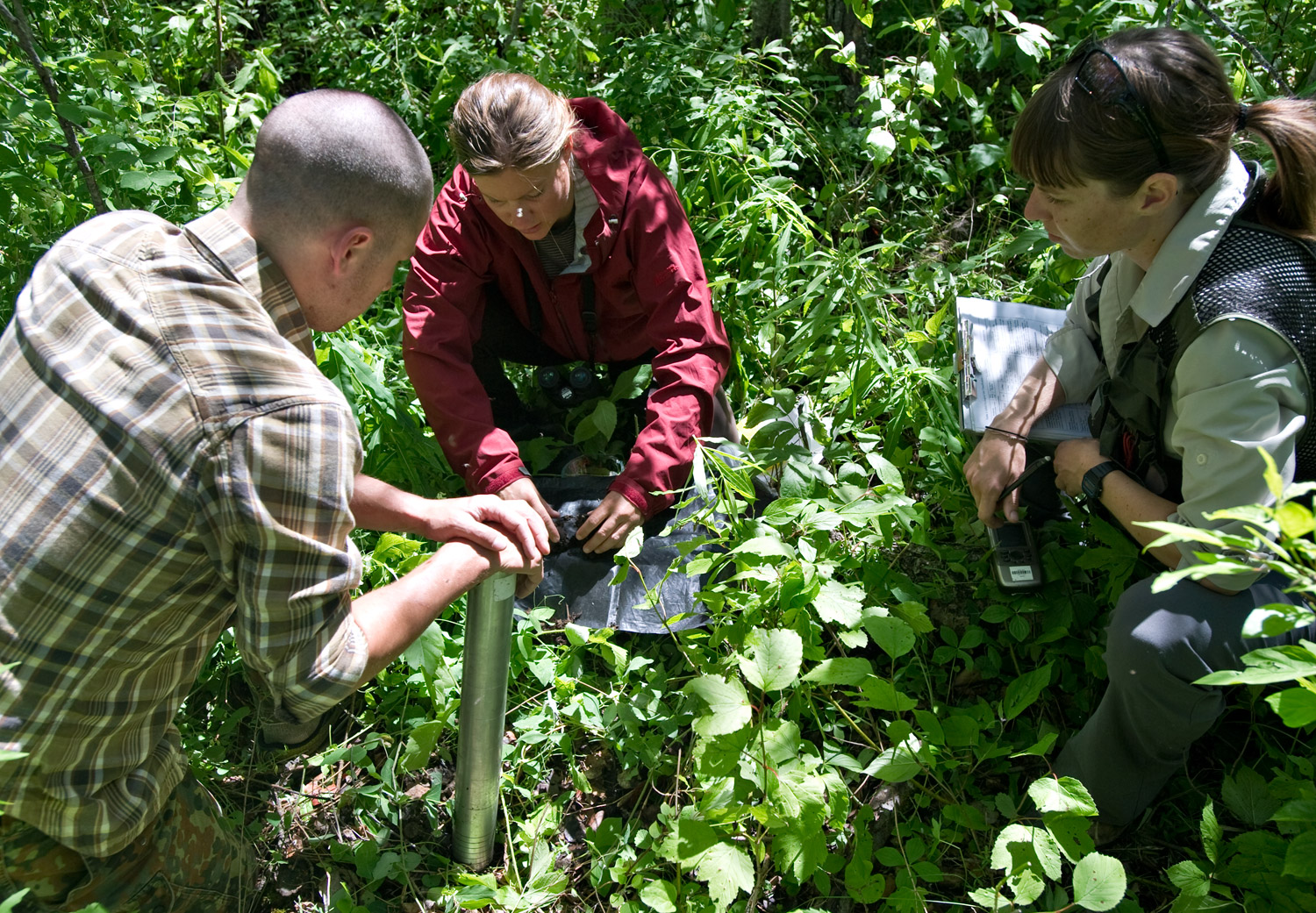
Step 2: Assess
Our Woodlands team maps out harvest areas and cutblocks in preparation for a Forest Harvest Plan. Sensitive areas, including traplines, wildlife habitats, public recreational land and private land, are identified in this process.

Step 3: Government Approval
The FHP is sent for government approval. Once the plan is approved, it is then made into an Annual Operating Plan (AOP). The AOP includes detailed information on the harvesting, road construction, reforestation and fire control activities that will occur throughout the current year.
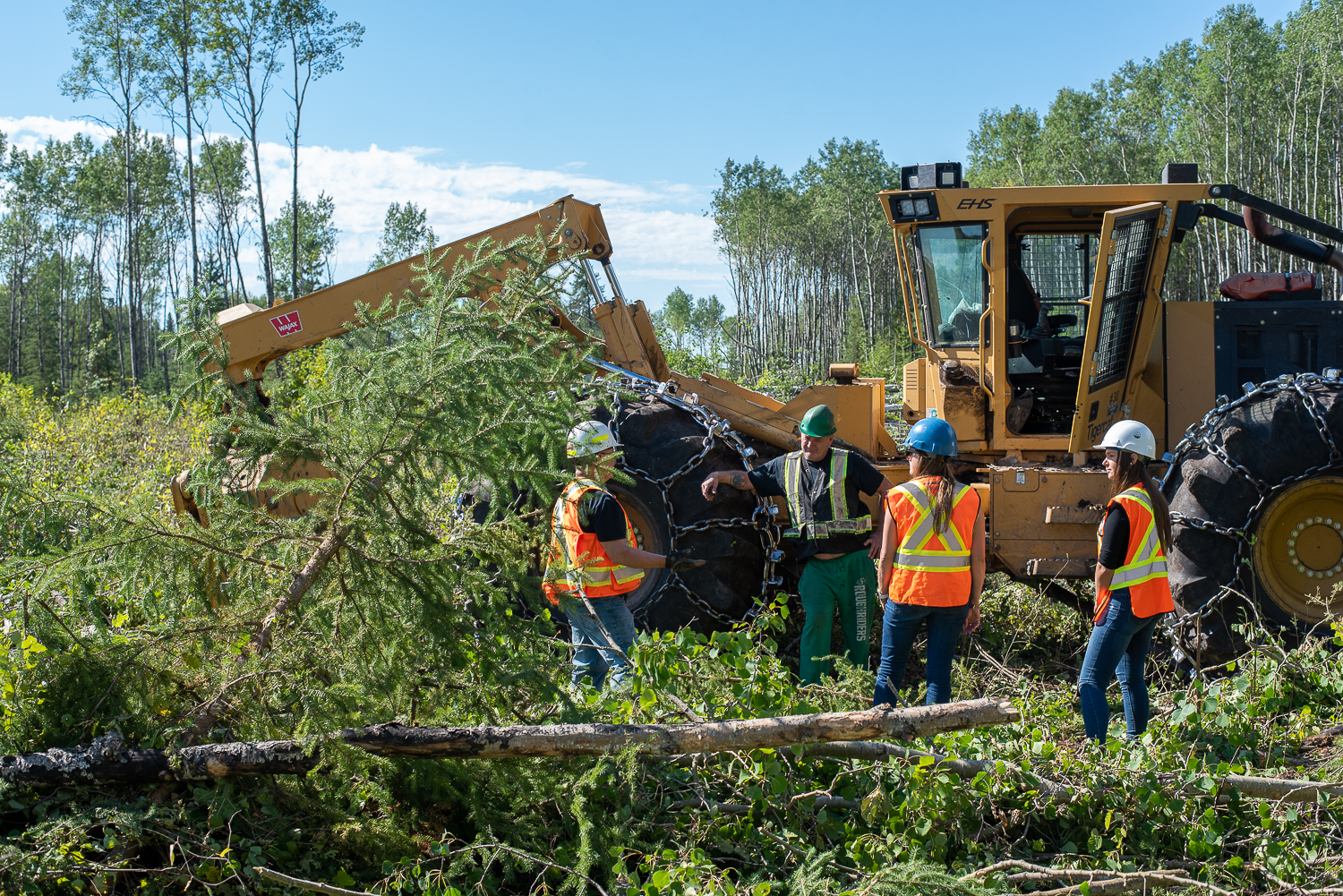
Step 4: Contractor Agreement
Our Woodlands team then works with our logging contractors, who are responsible for harvesting the trees. Before operations can take place, harvest areas, wood volumes and sensitive areas are communicated thoroughly. After every procedure is discussed, a contract is signed, and operations can begin.

Step 5: Harvest
Using advanced equipment, our logging contractors harvest and prepare the logs for our Millsite. Our contractors use cutting-edge machinery to utilize each tree to its full potential. They also remove the tree’s branches using a Processor to prepare them for our Millsite operations. Our contractors receive training twice a year to learn the most current and sustainable harvesting techniques.
Approximately 0.1% of our forest is harvested each year, with harvest areas strategically spread across our Forest Management Agreement area. They also use a harvest pattern that resembles a wildfire by leaving groups of trees in a harvest area. This technique shapes our forests by removing old trees and making room for new trees to grow. It also helps maintain wildlife habitat.
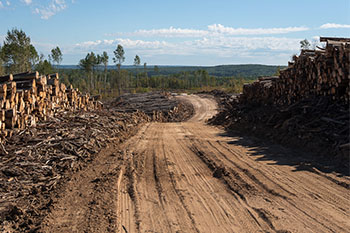
Step 6: Road Construction
Block roads are then constructed to provide log trucks access to the harvest area. After the harvest and roads are complete, a log inventory is taken and the logs are scheduled for transport to the mill.
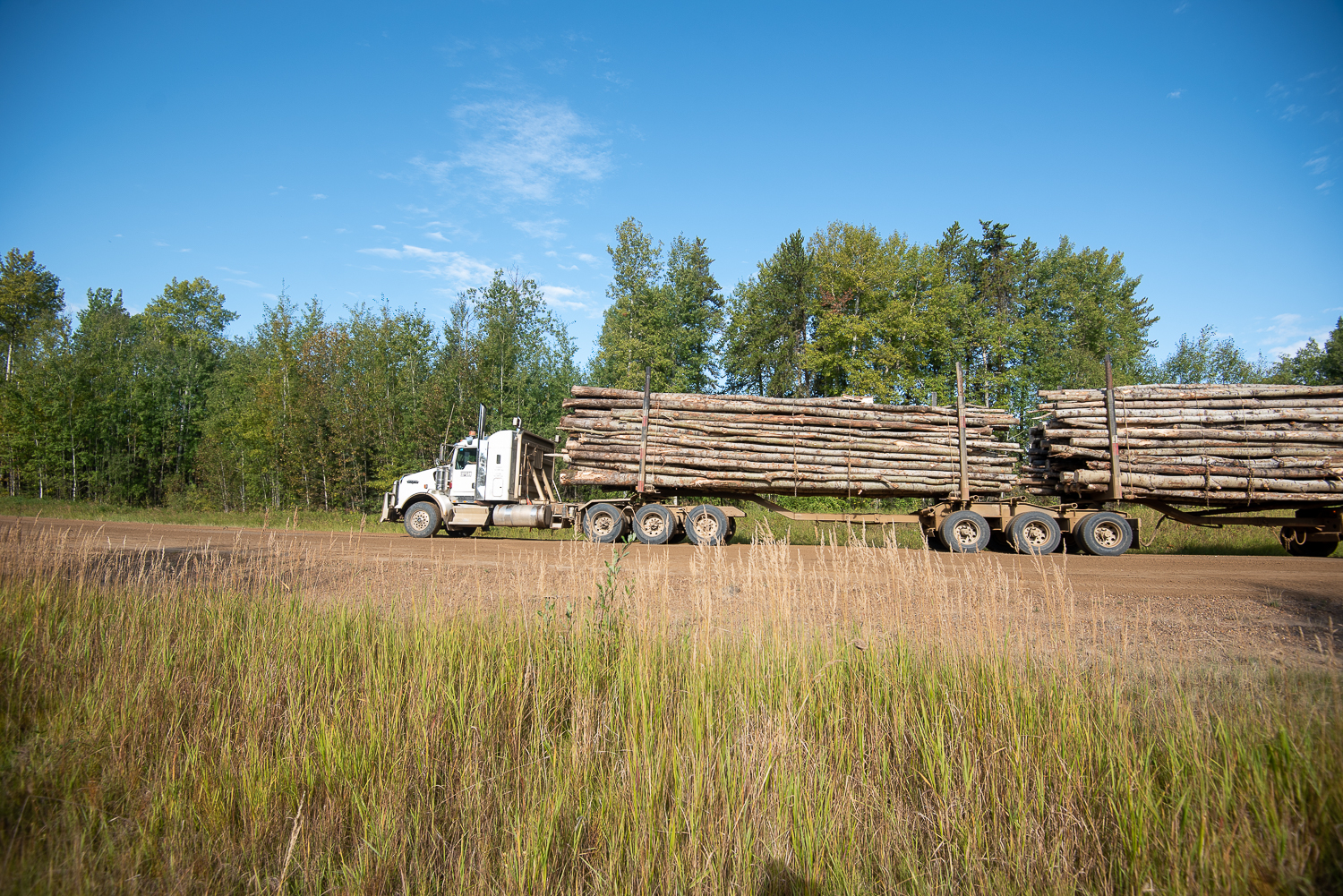
Step 7: Deliver
Trucks then deliver the logs to our Millsite, where they are used to make kraft pulp. Kraft pulp is a key ingredient in everyday products such as toilet paper, coffee filters, automotive filters, hospital gowns and shoes.
The remaining parts of the tree that aren’t used to make pulp are not wasted. We use our forest biomass to make renewable energy and bio-methanol to use every part of the tree. Harvested trees that are not eligible for our pulp production are distributed to neighbouring sawmills.
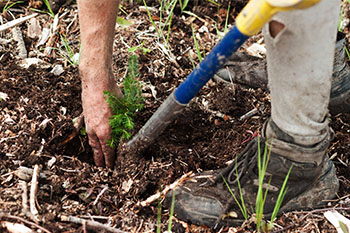
Step 8: Plant
After the logs are sent to our Millsite, our Silviculture team members then coordinate tree planters to replant the harvested areas. The seedlings are then monitored to help them grow into an established forest.
Working with the Forest's Natural Patterns
Our Operations are Designed to Imitate the Natural Life Cycle of a Forest. Learn how Foresters Play a Role in the Forest's Story in Forest Life Cycle.